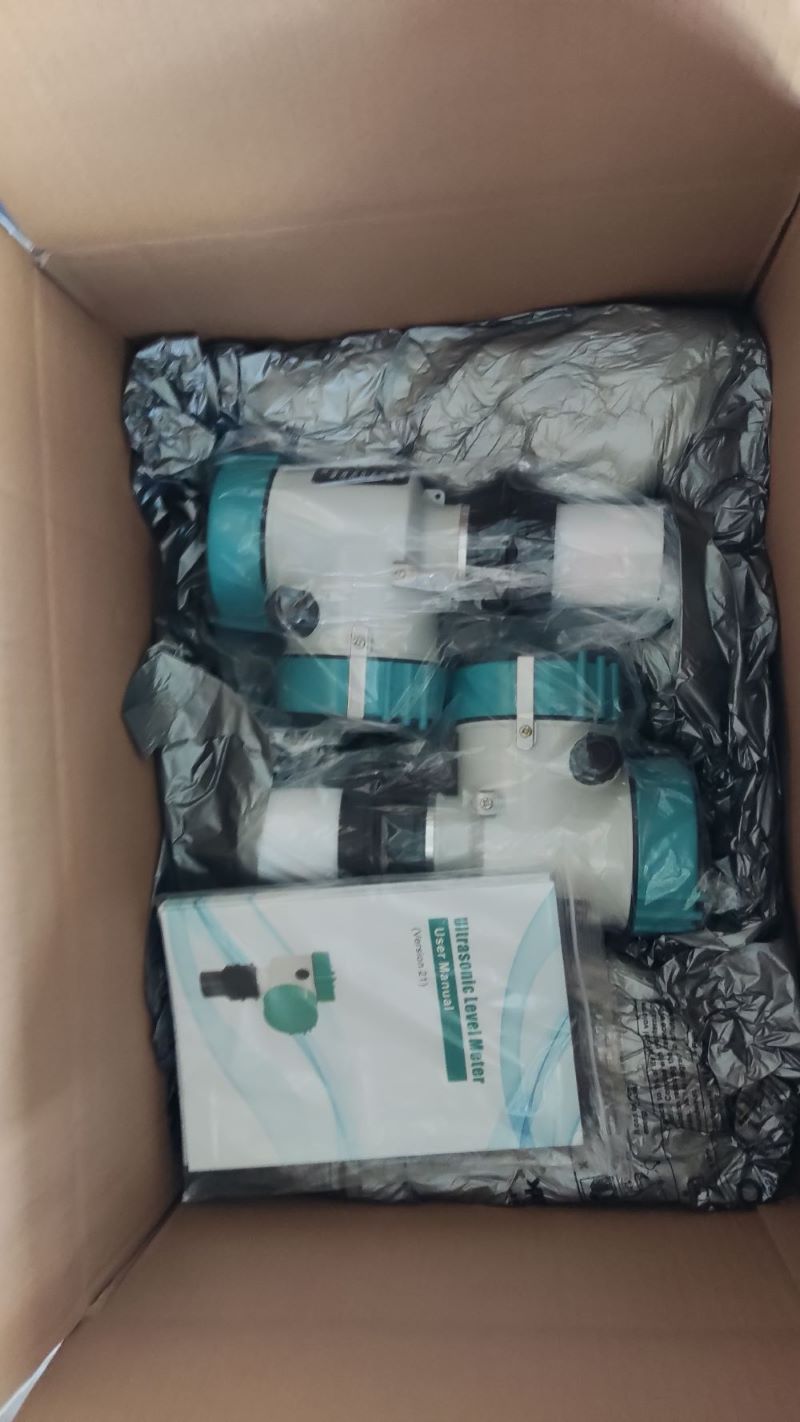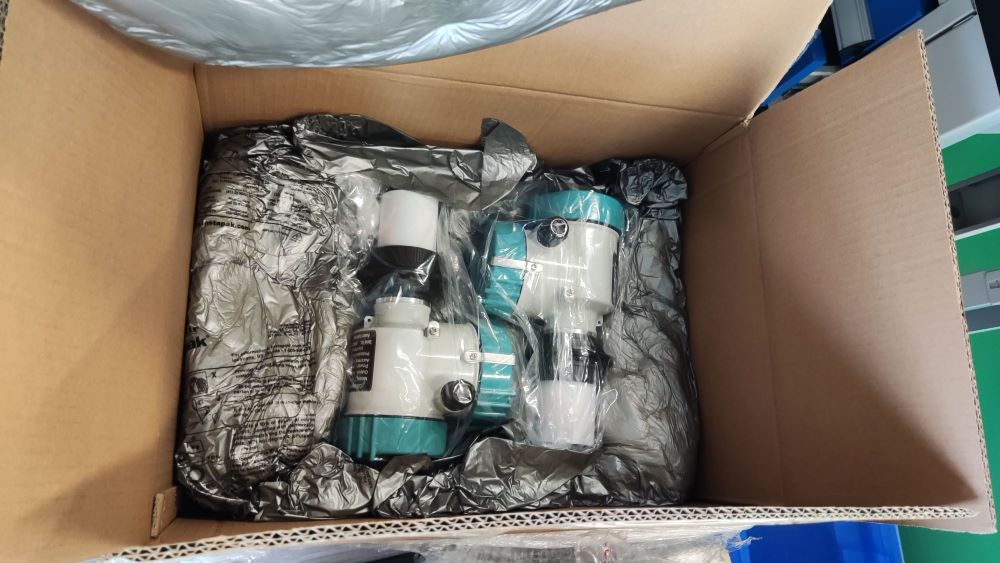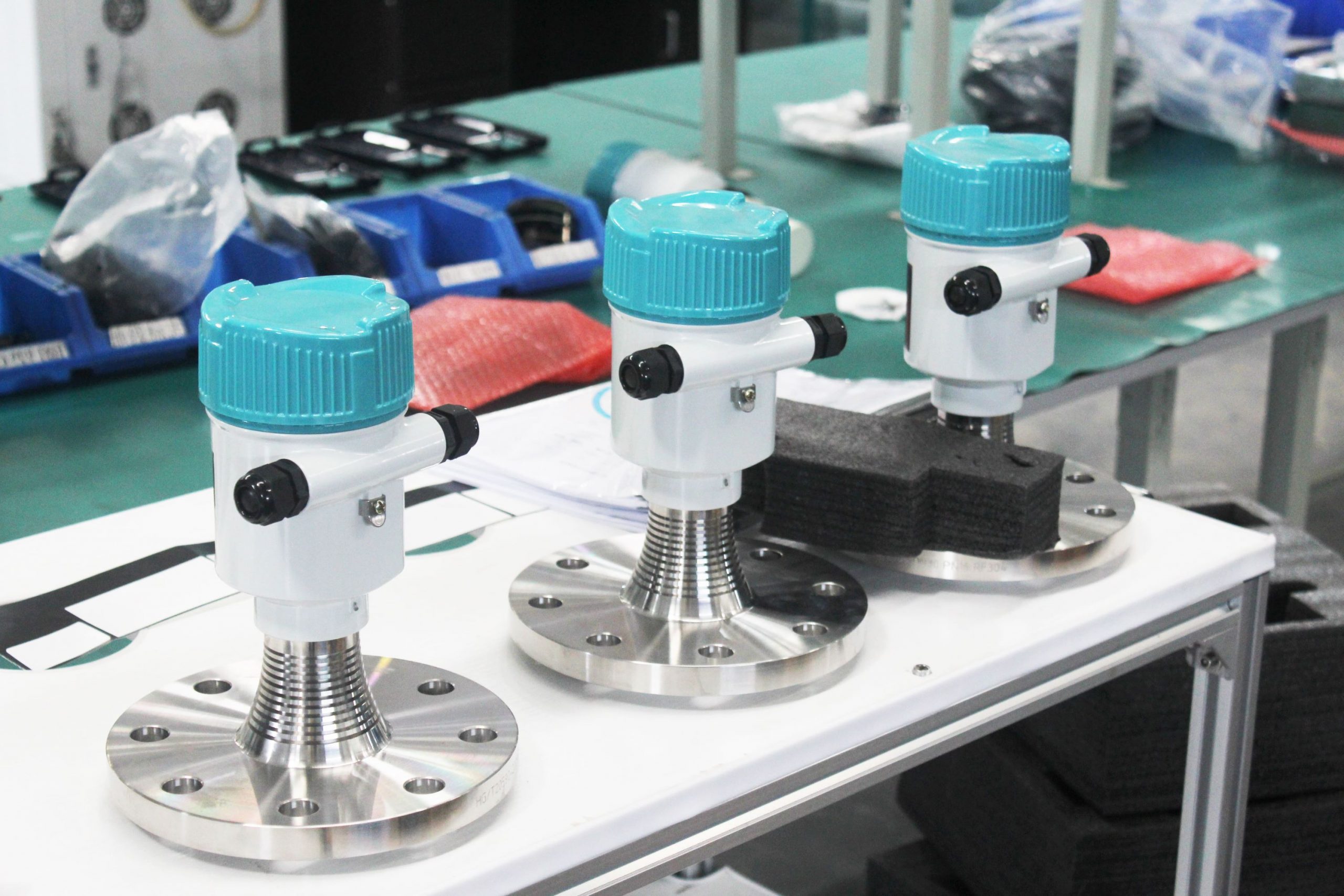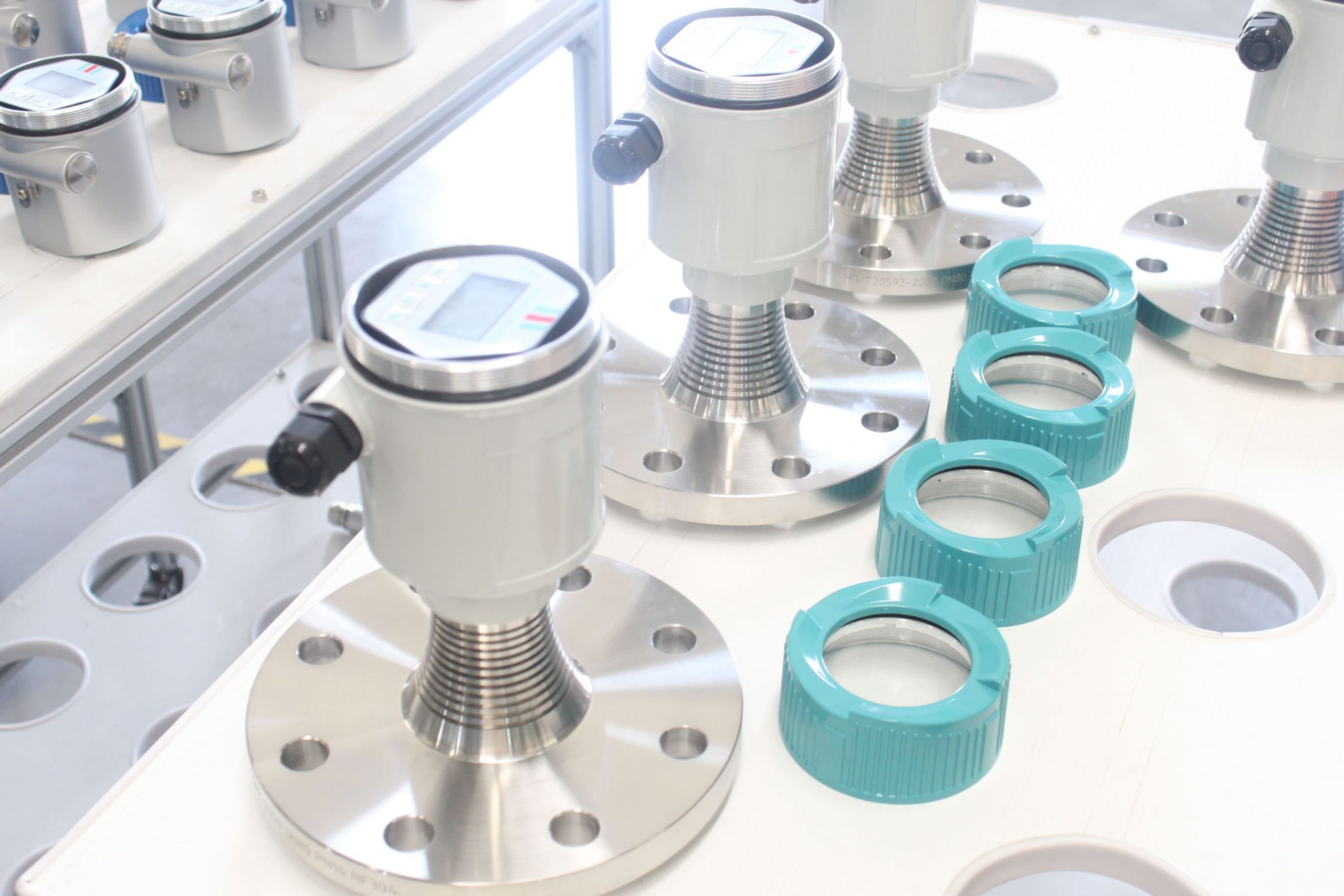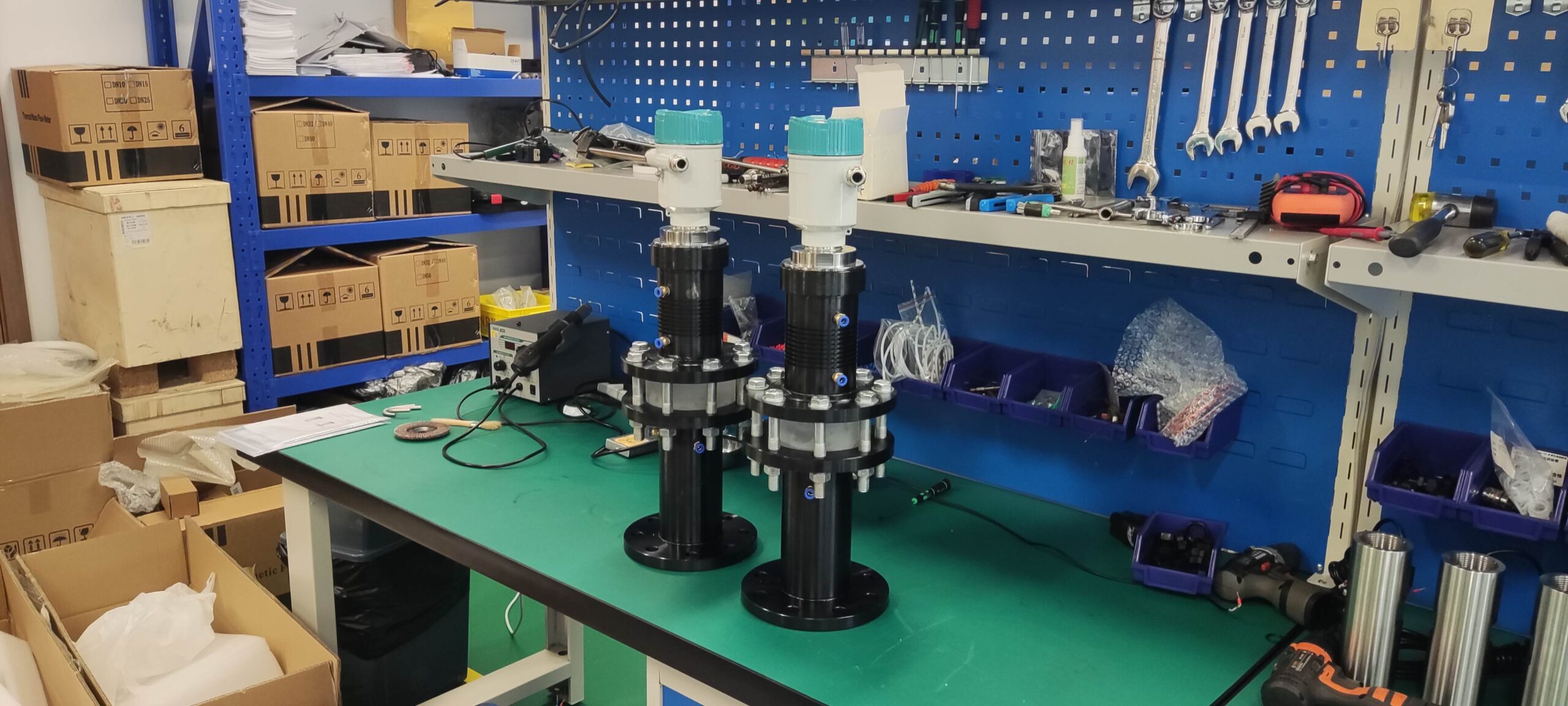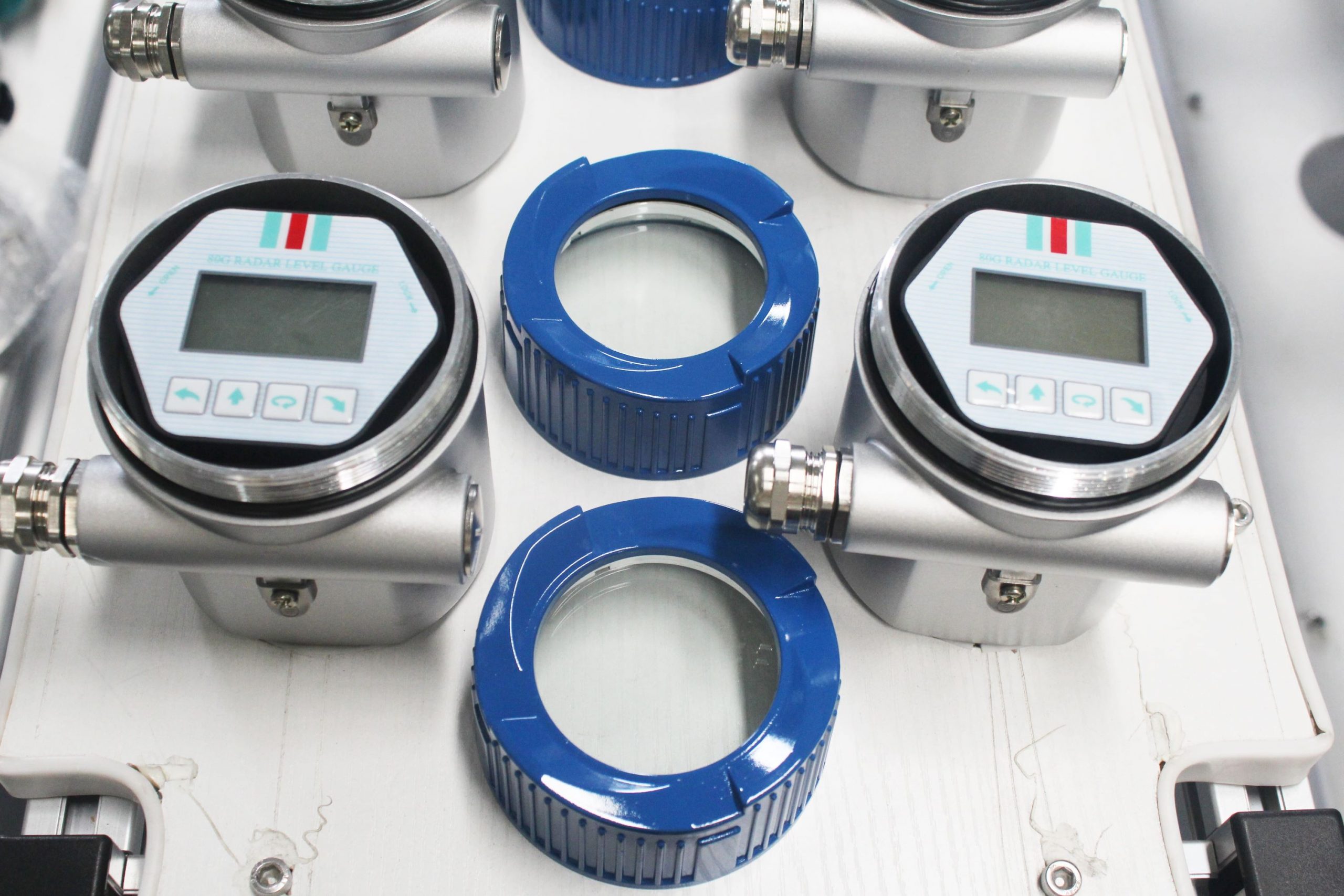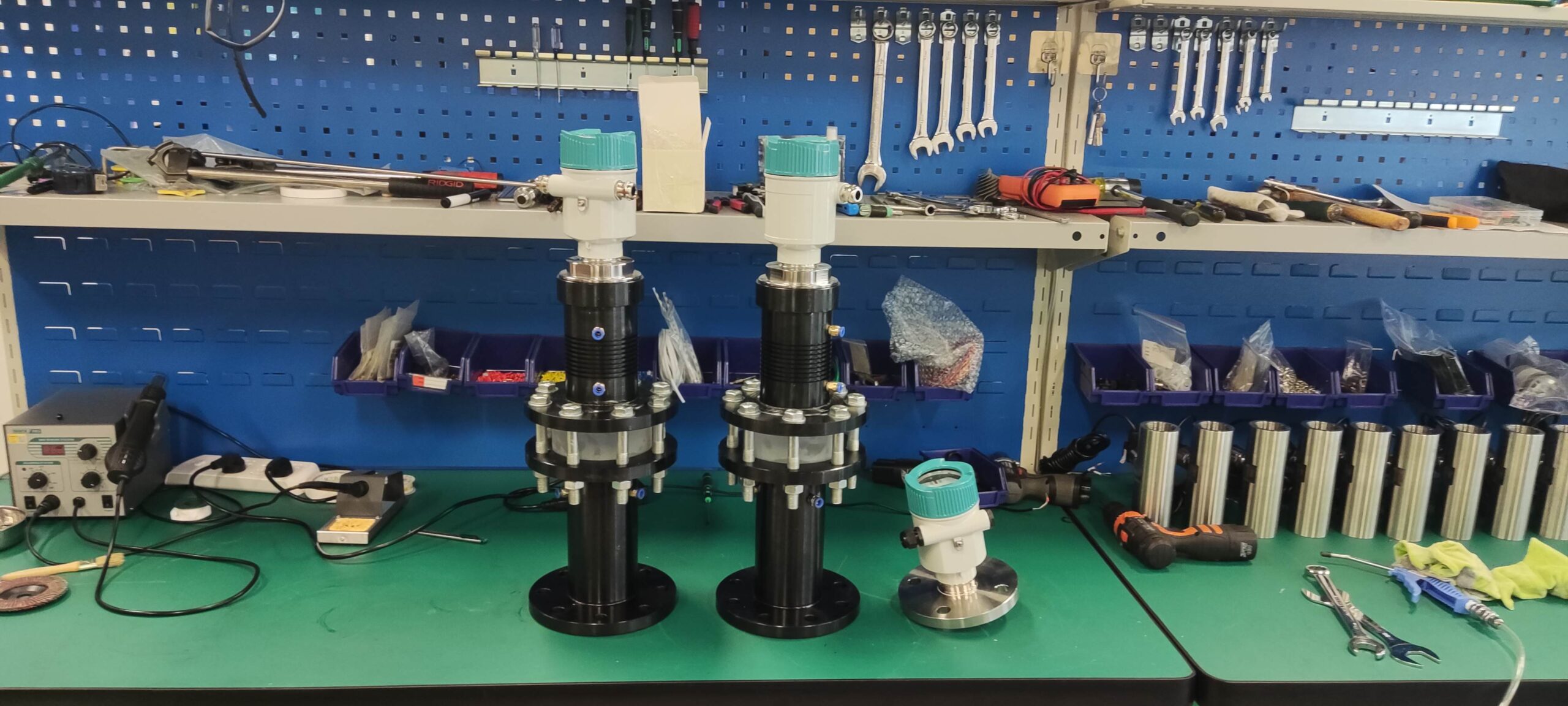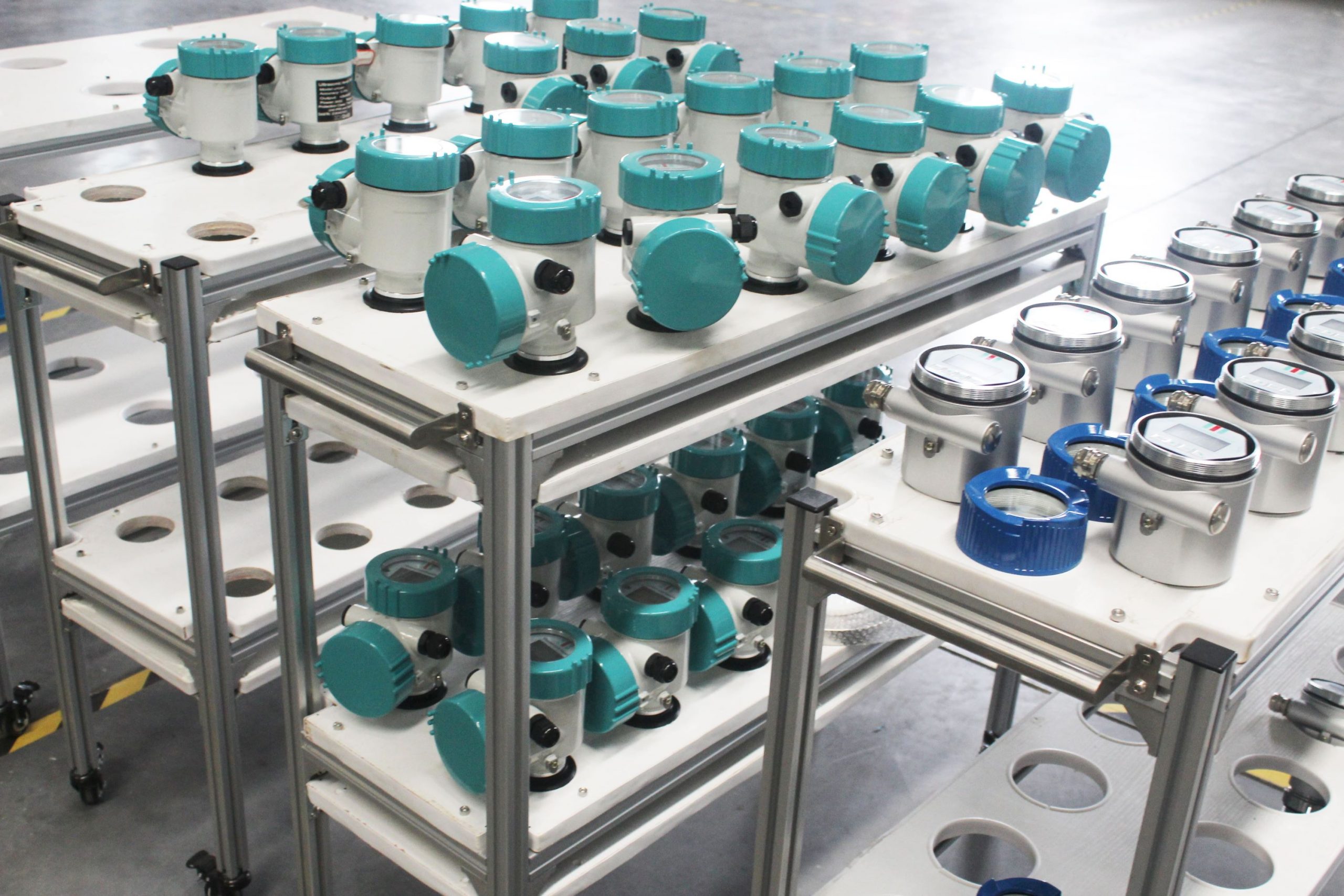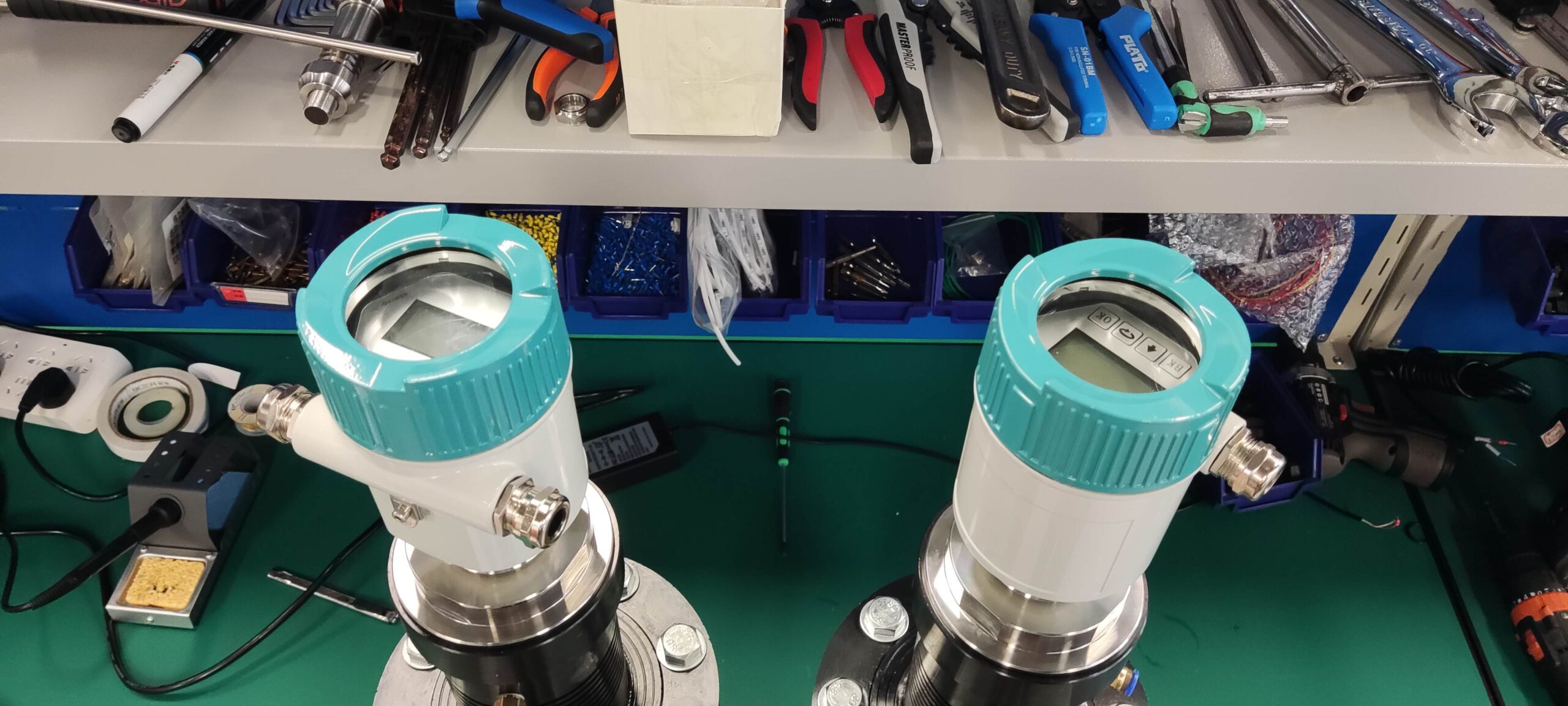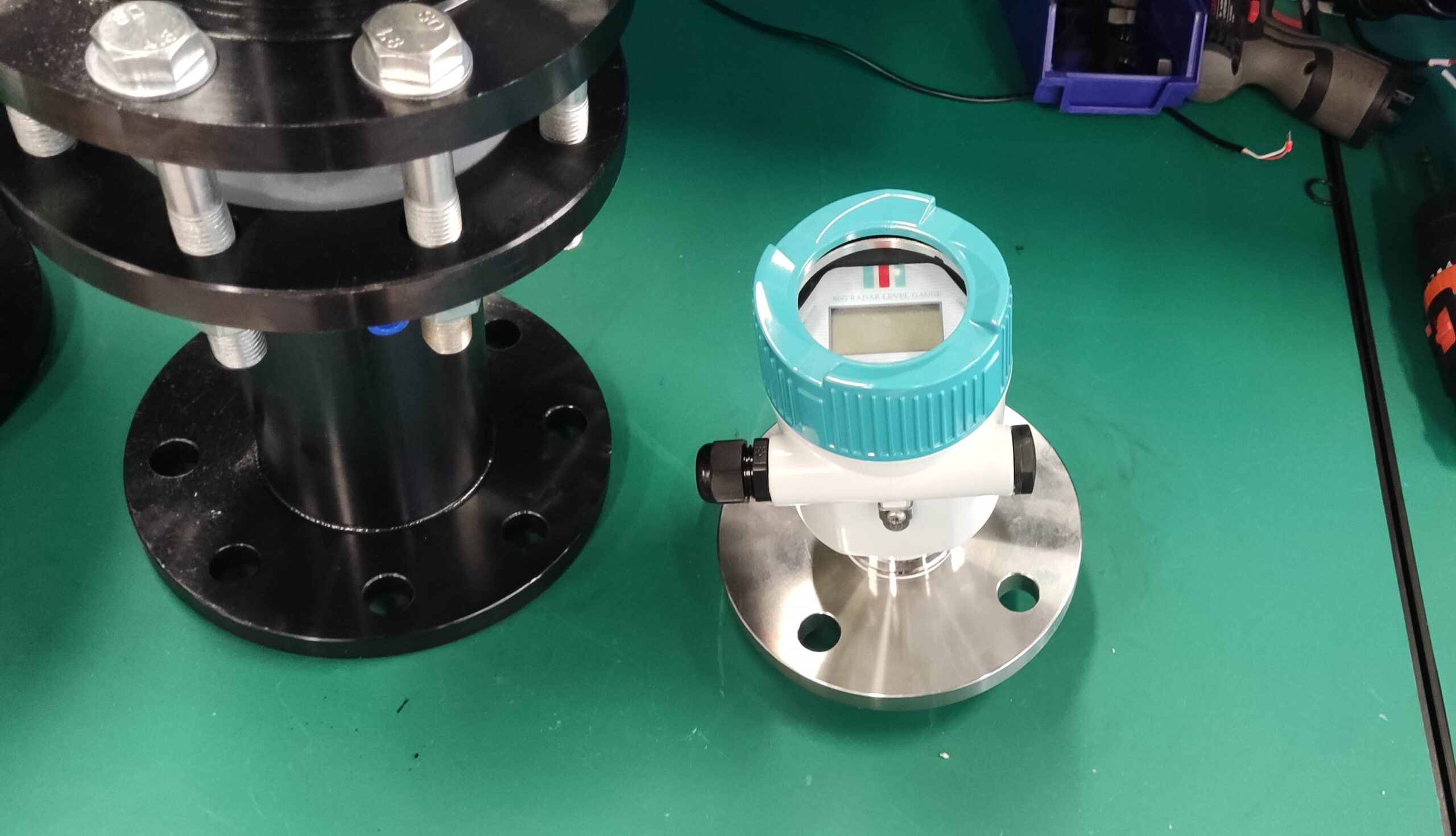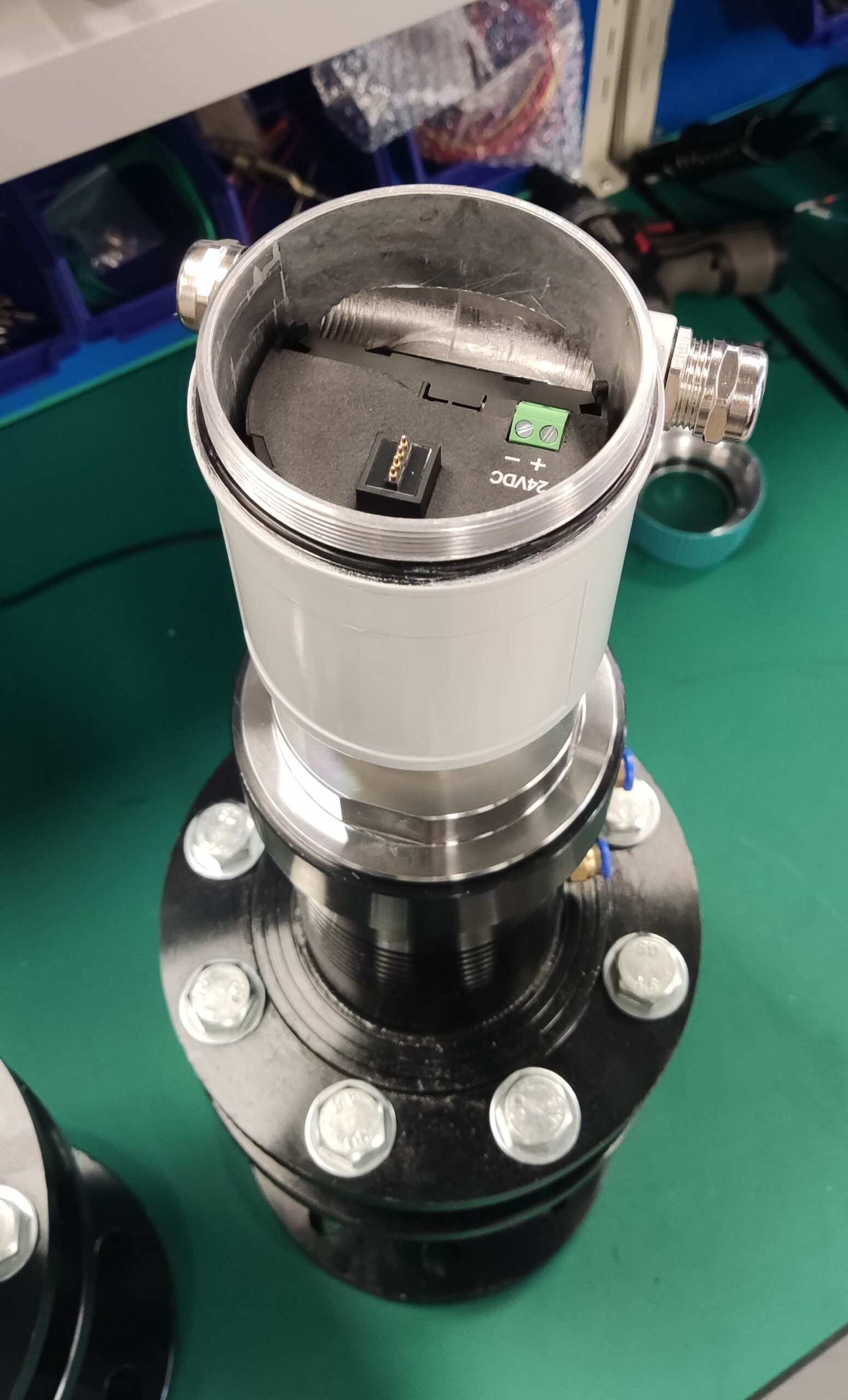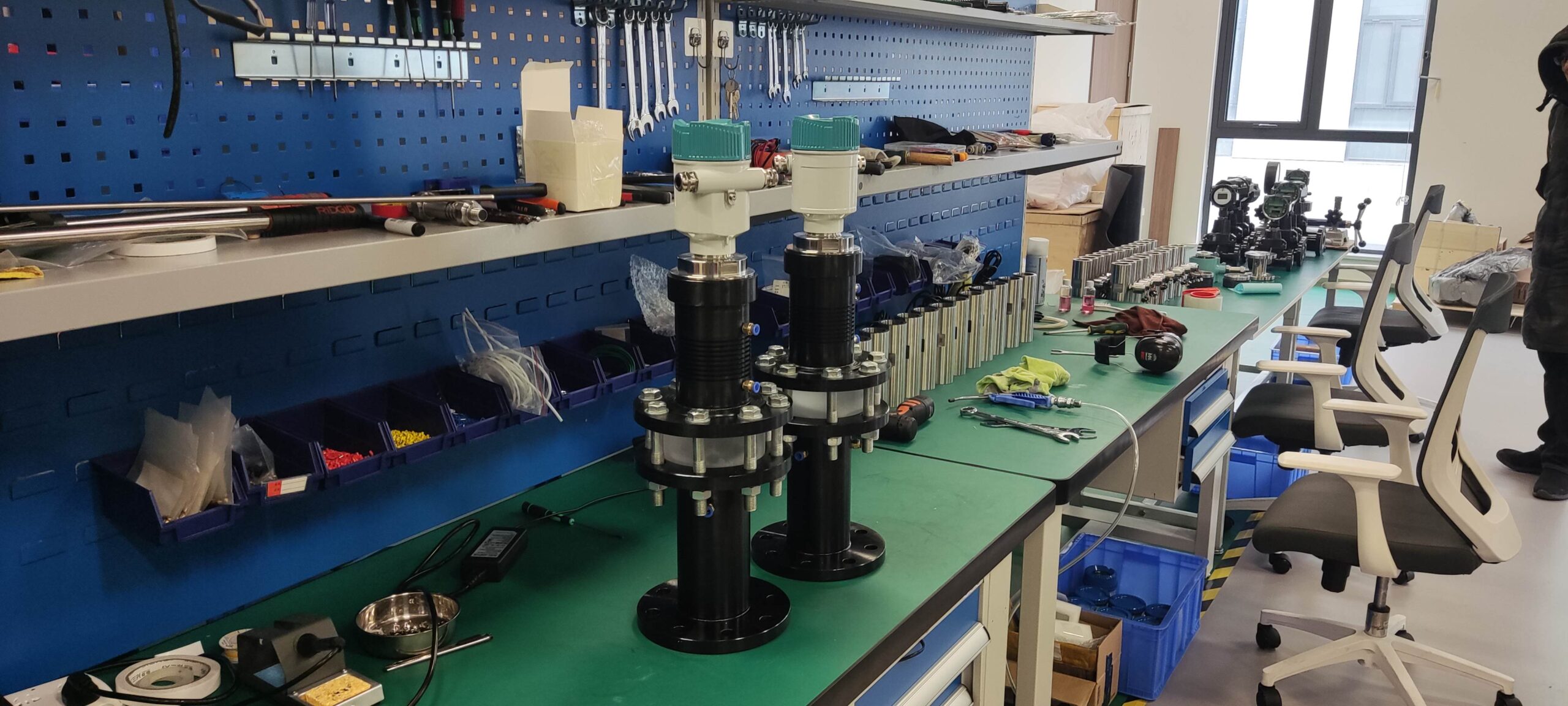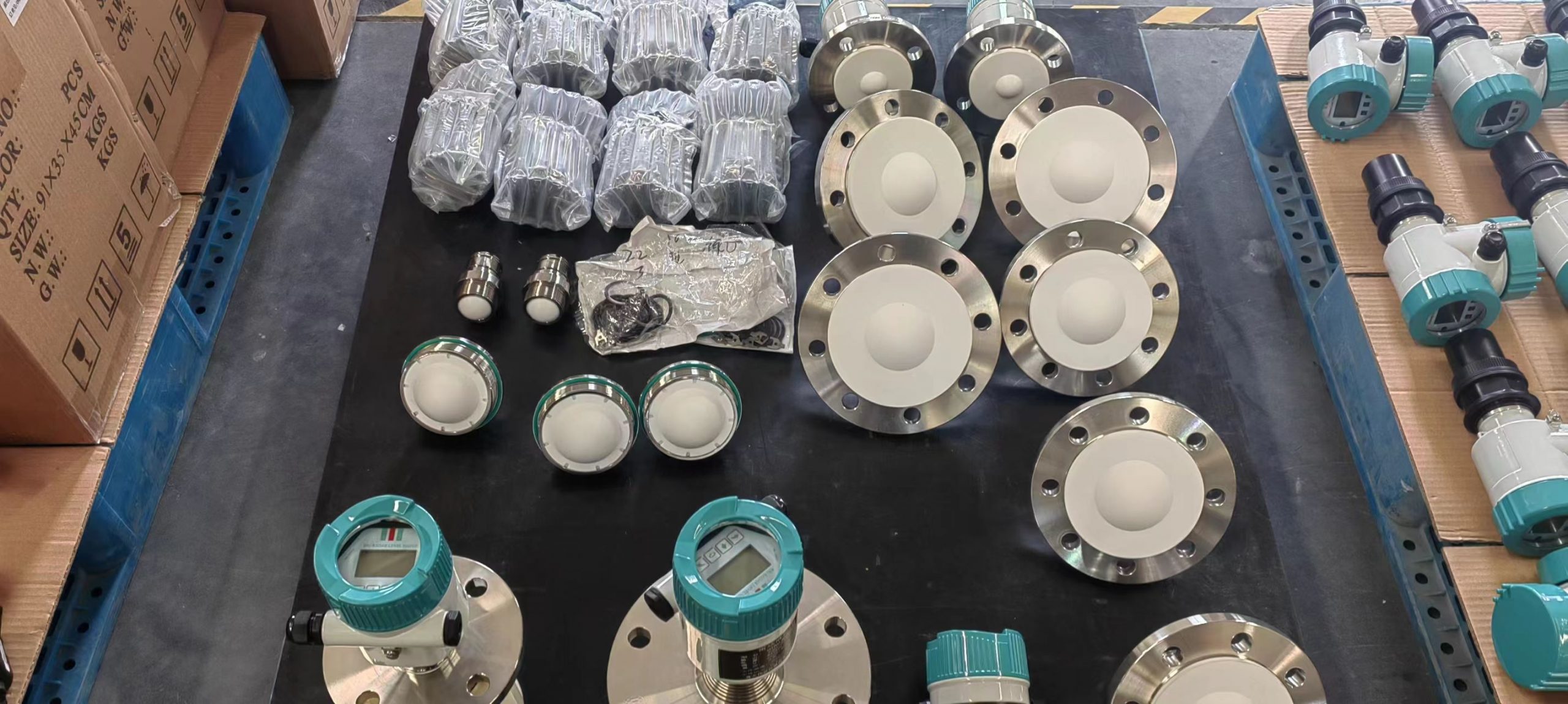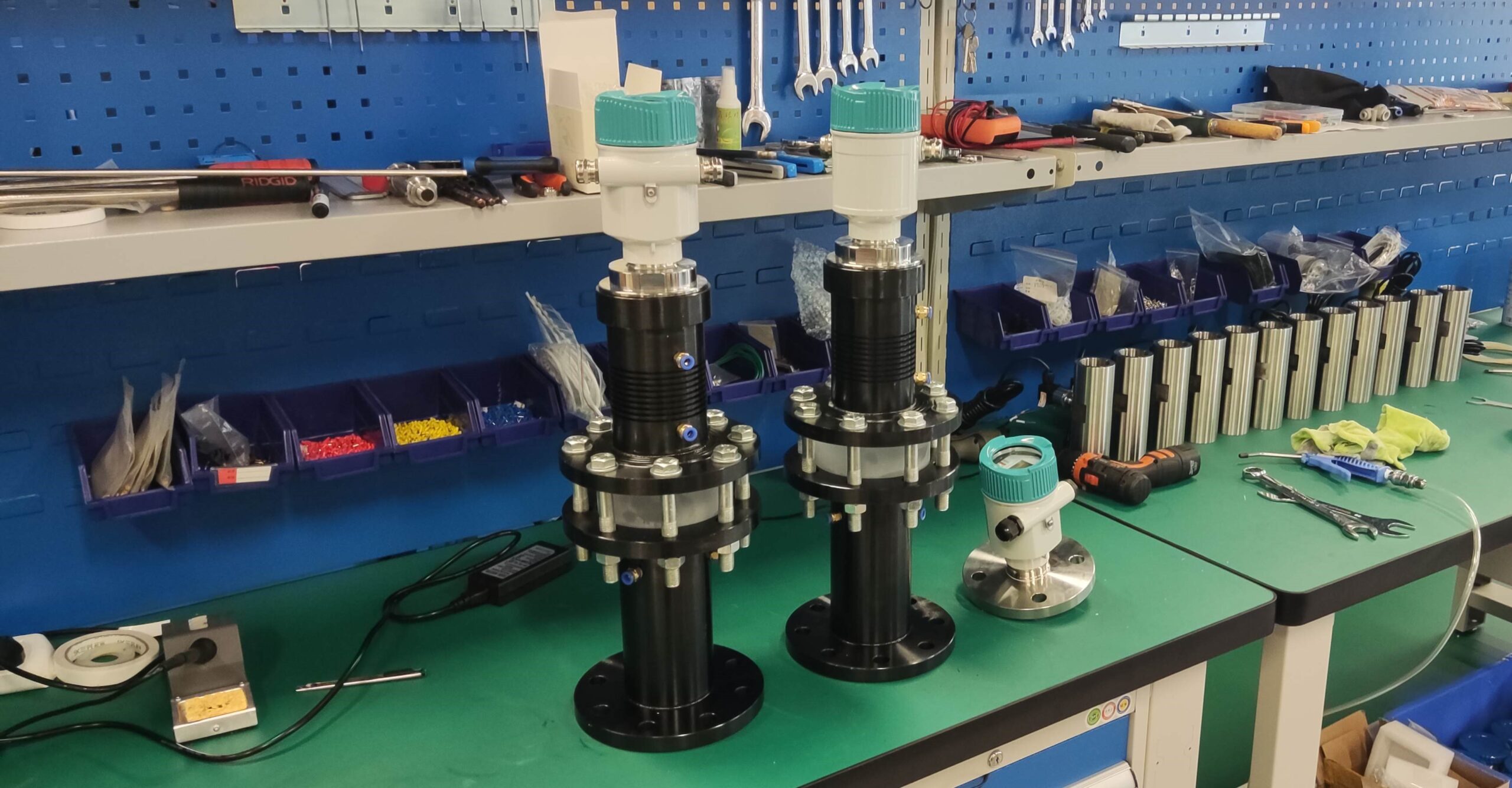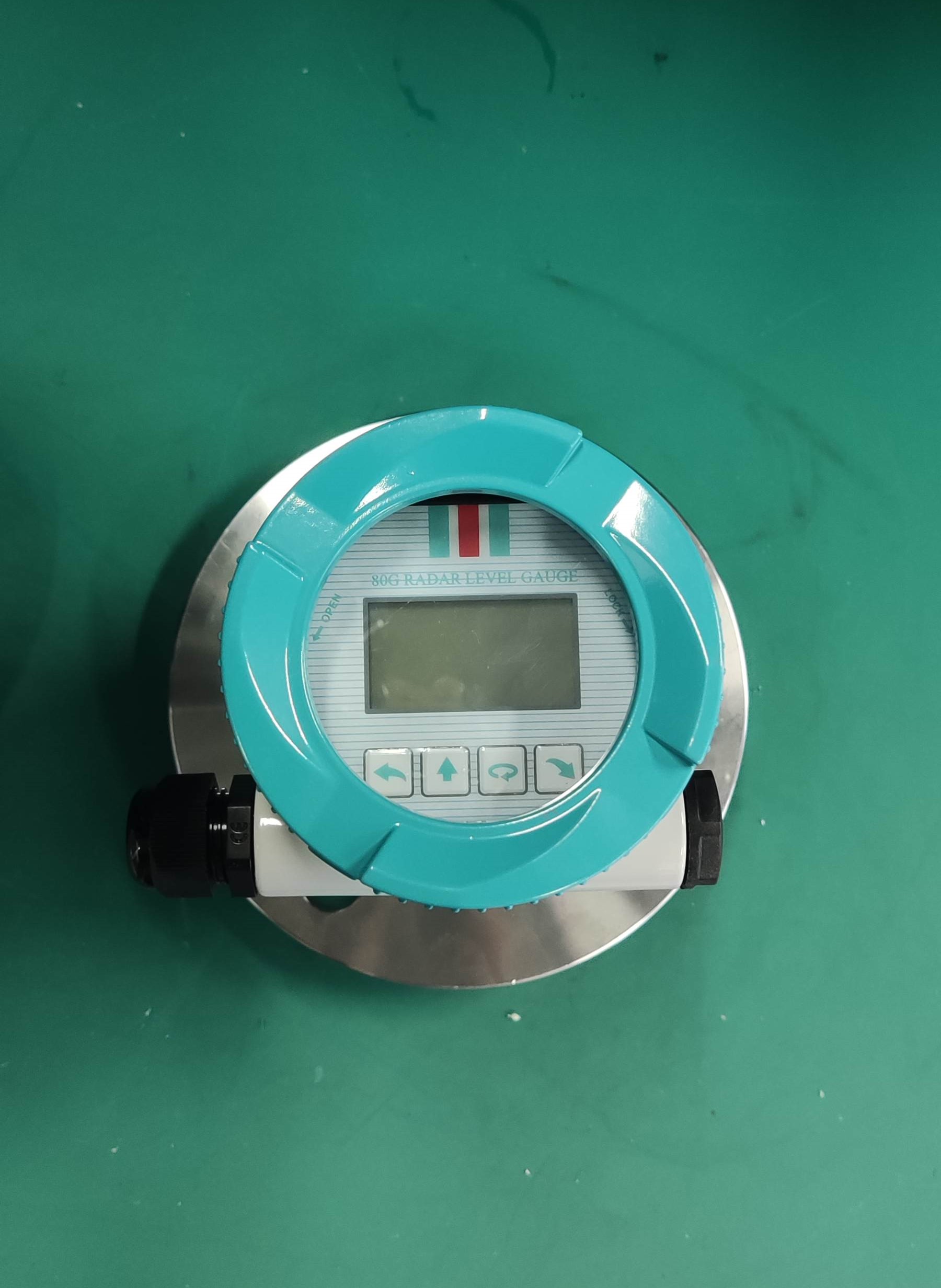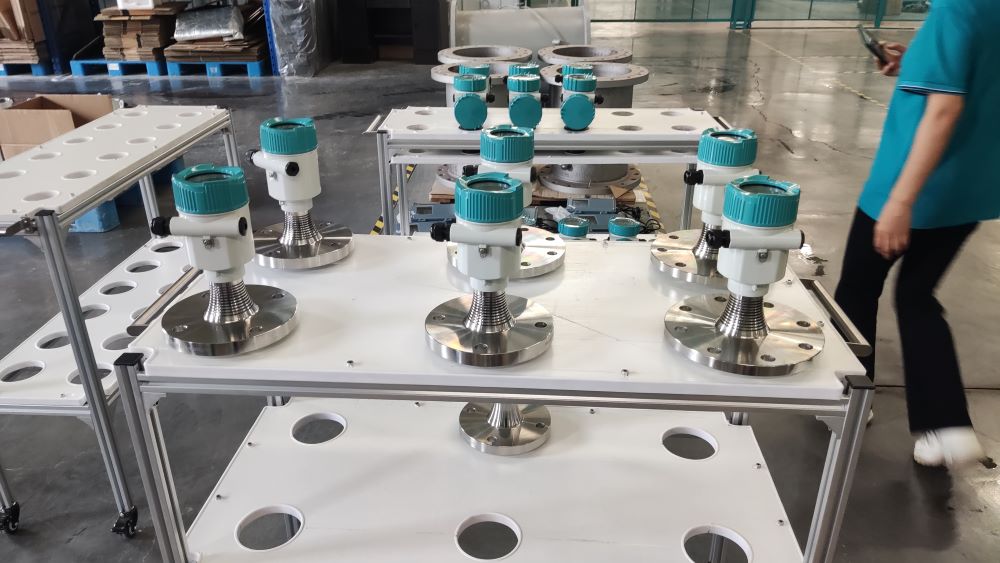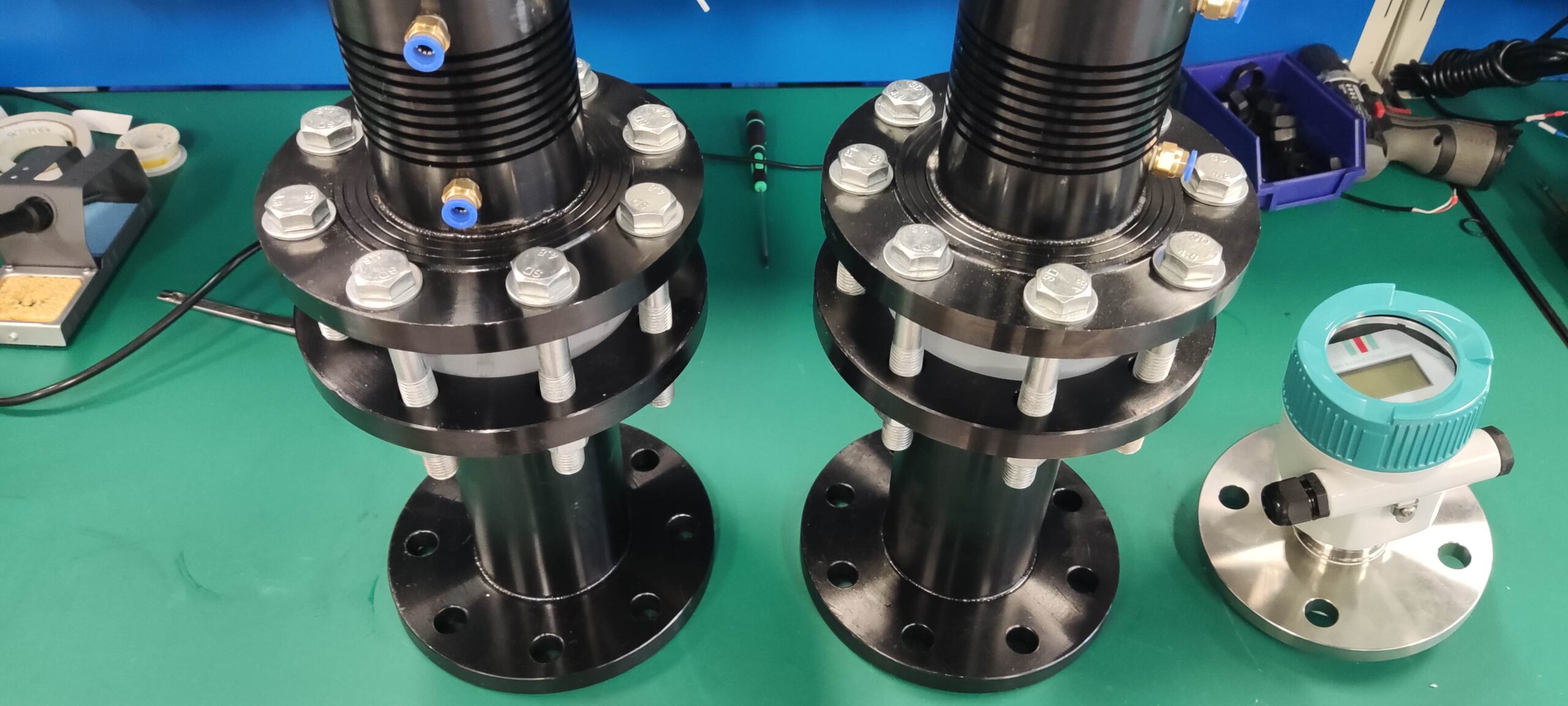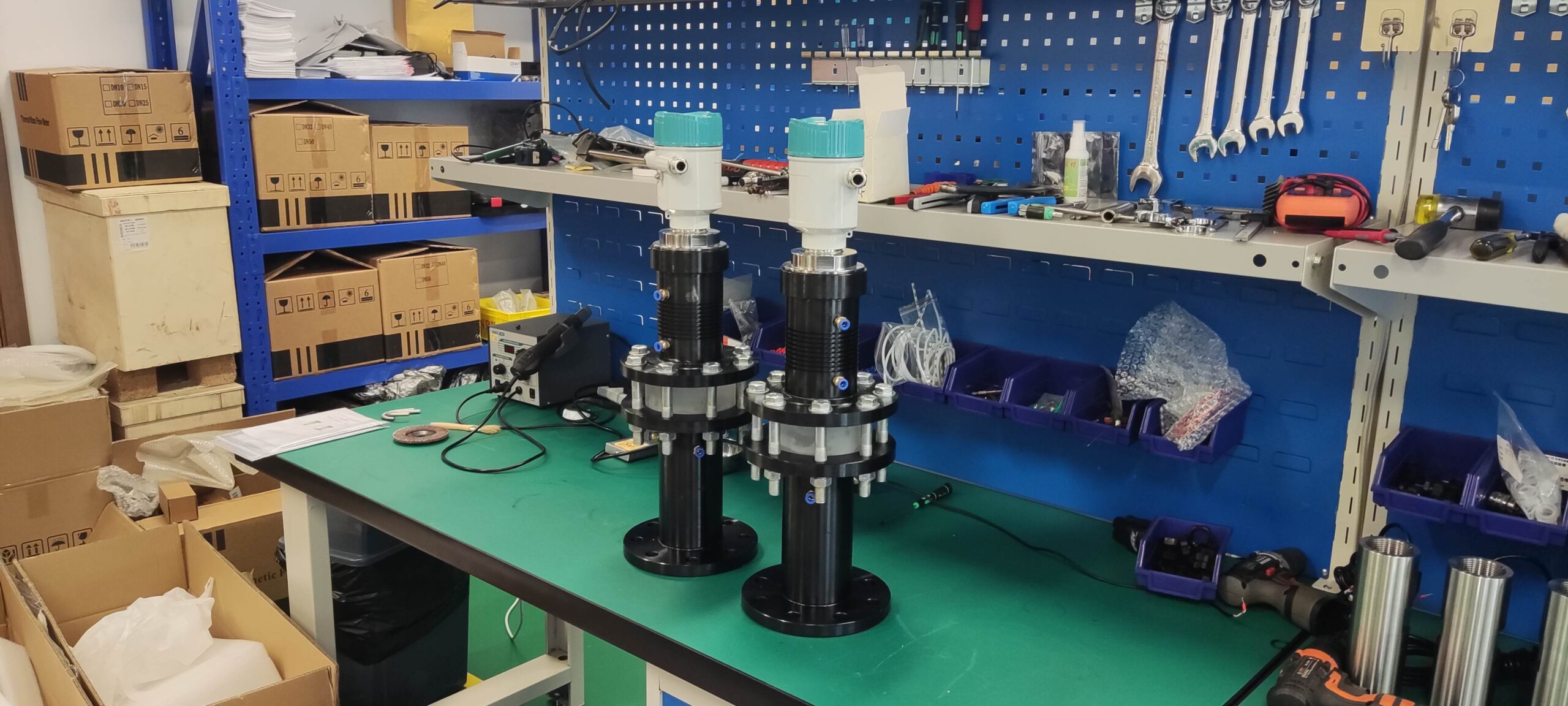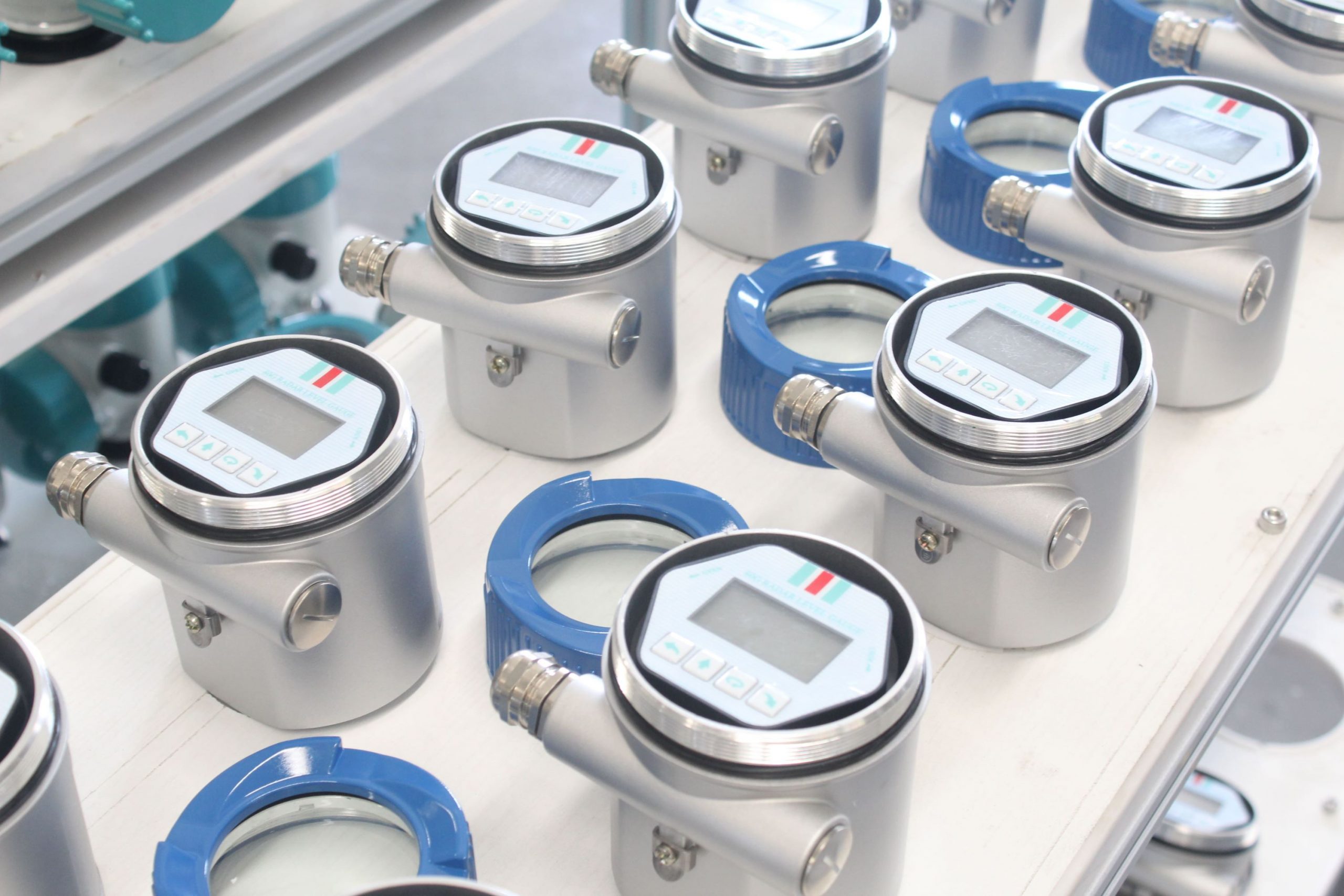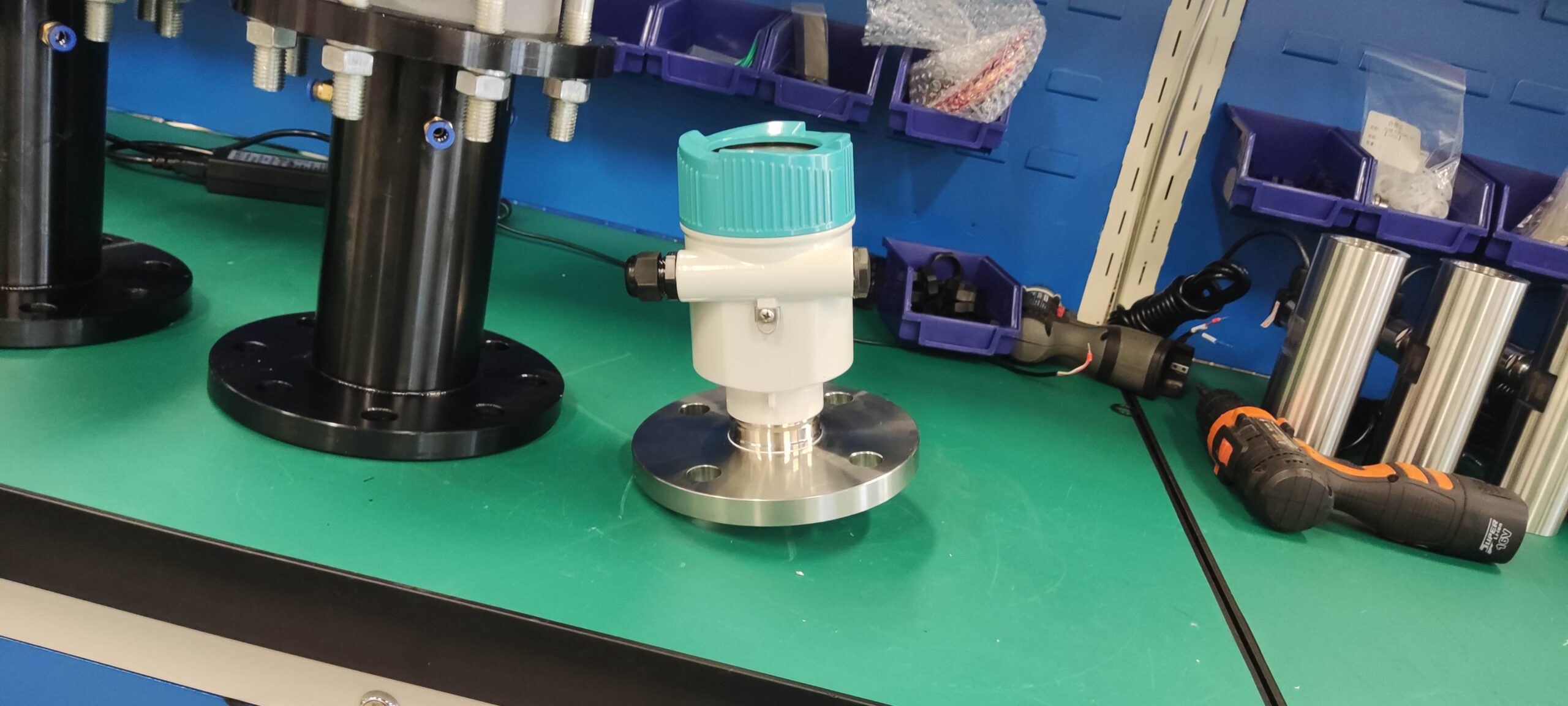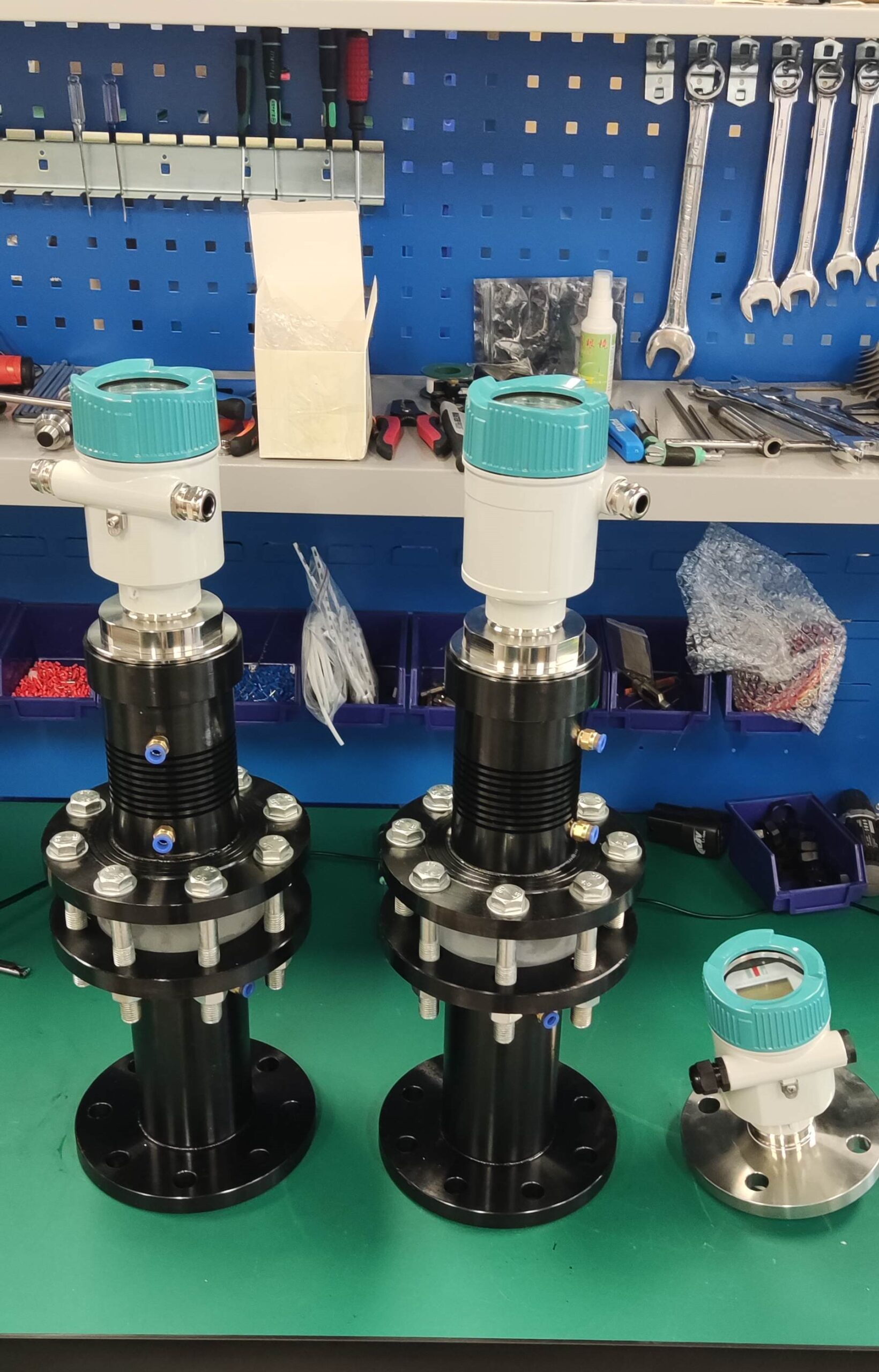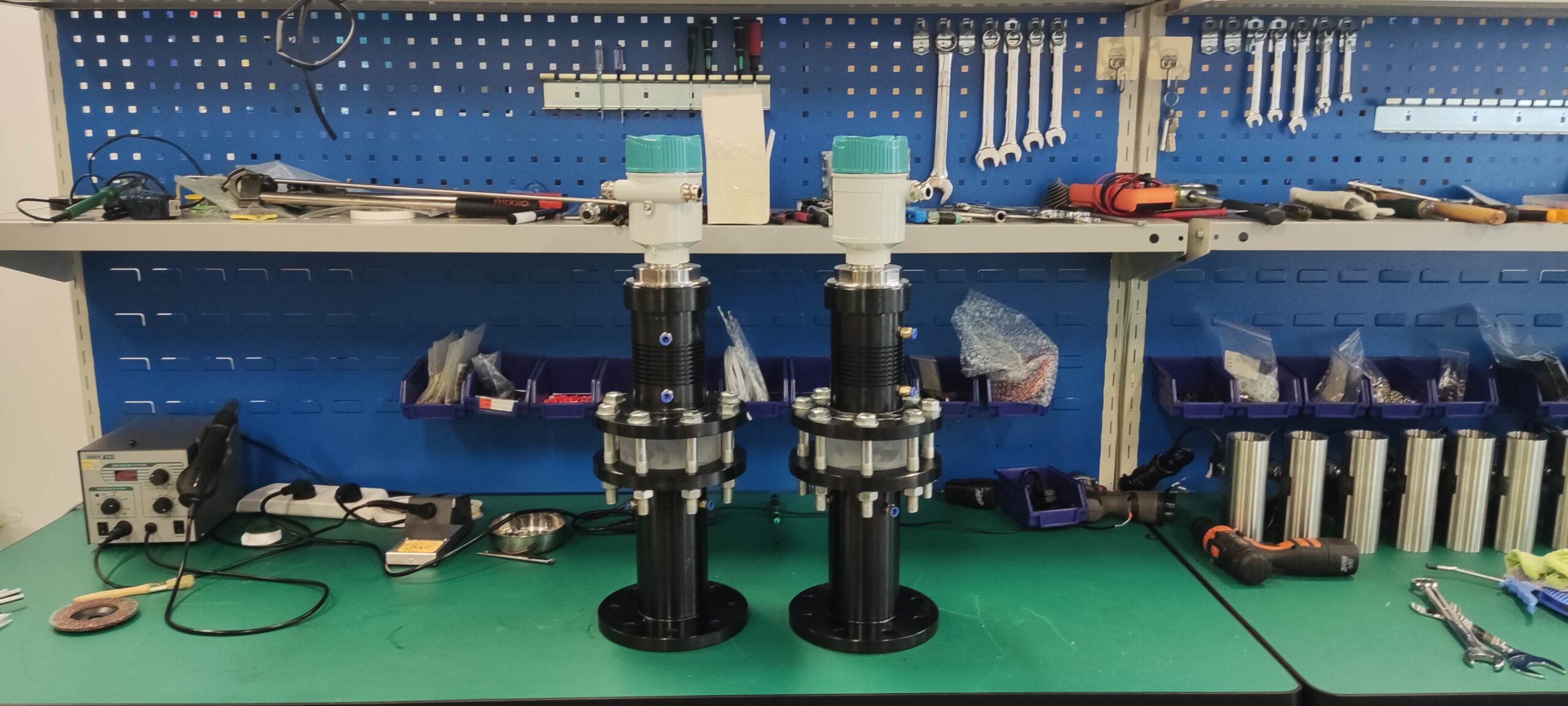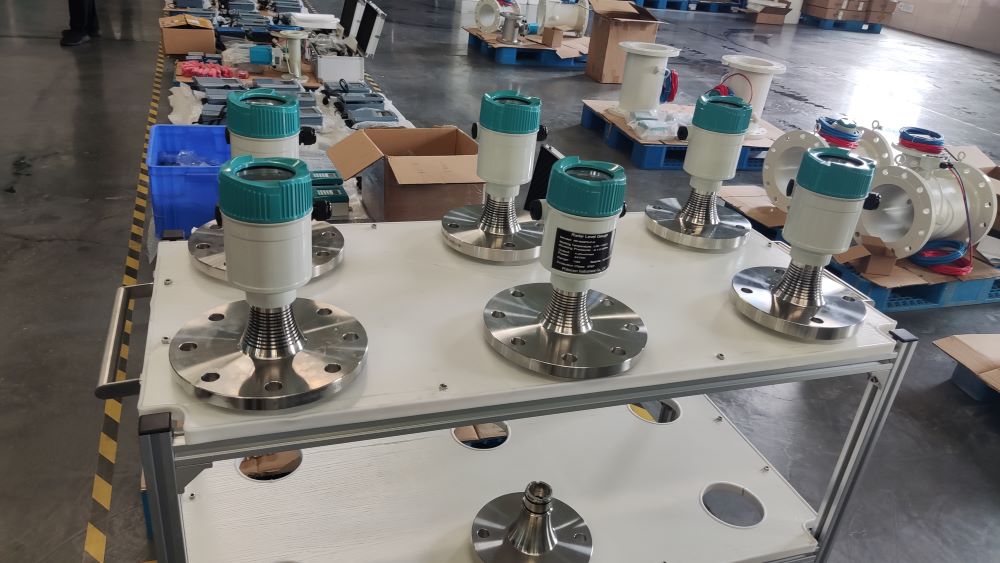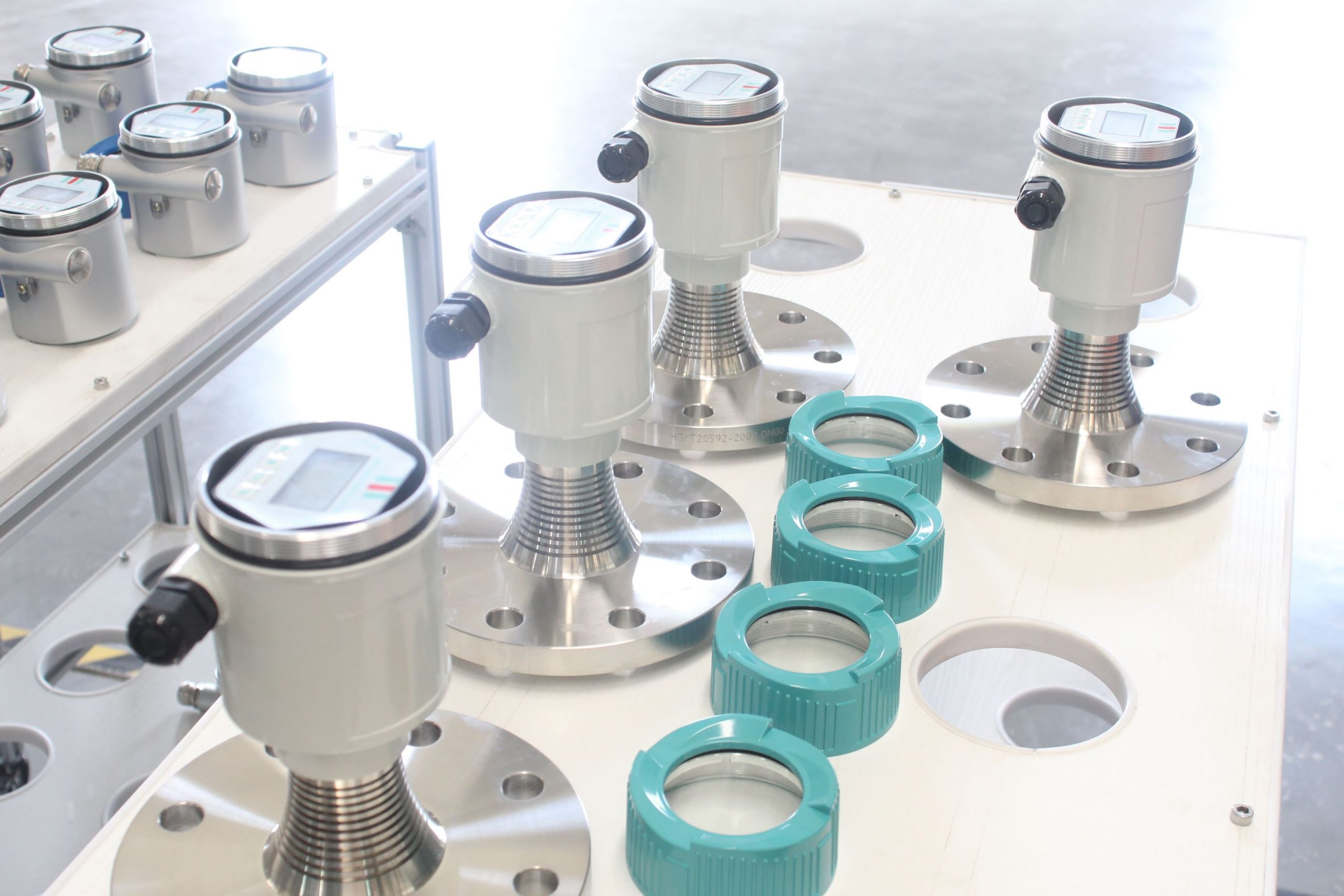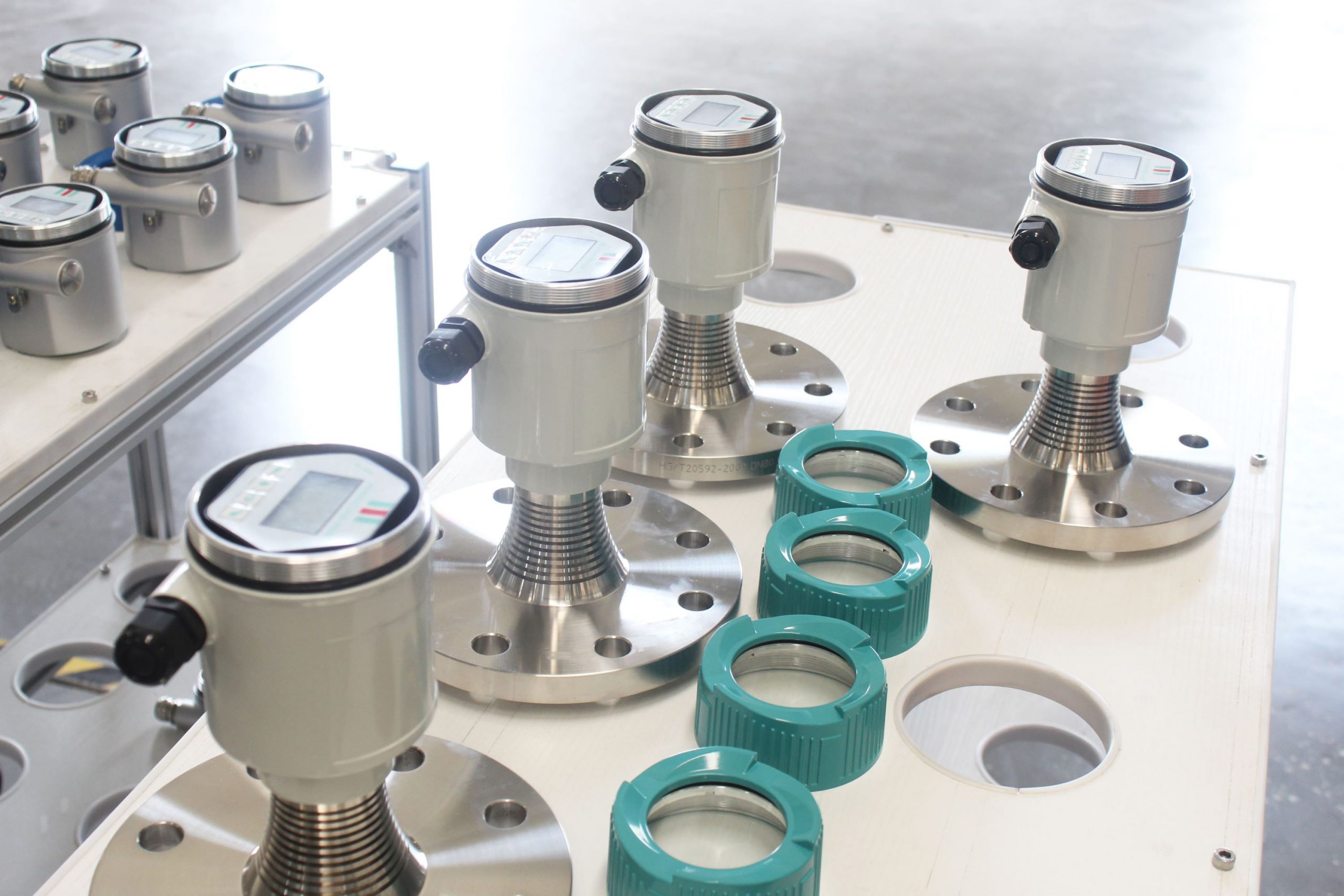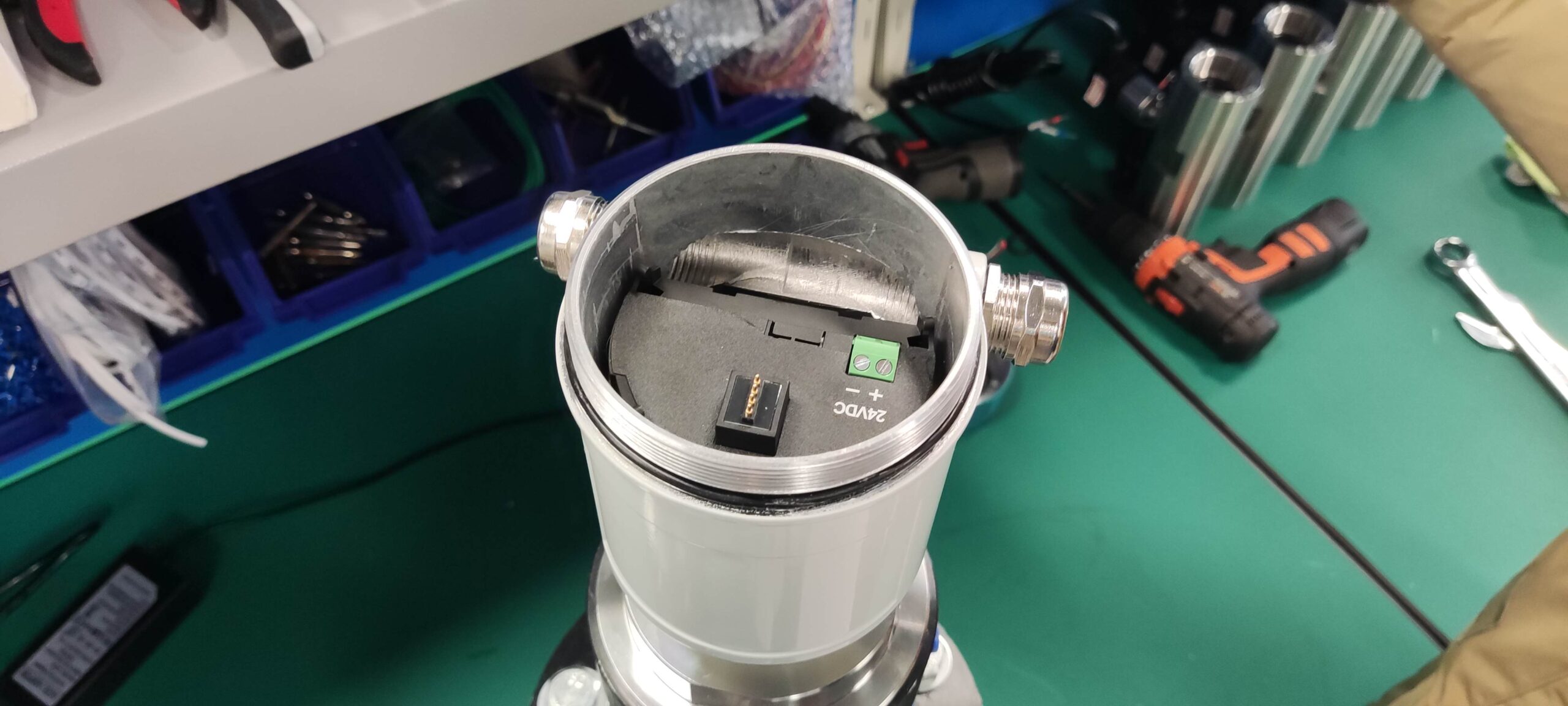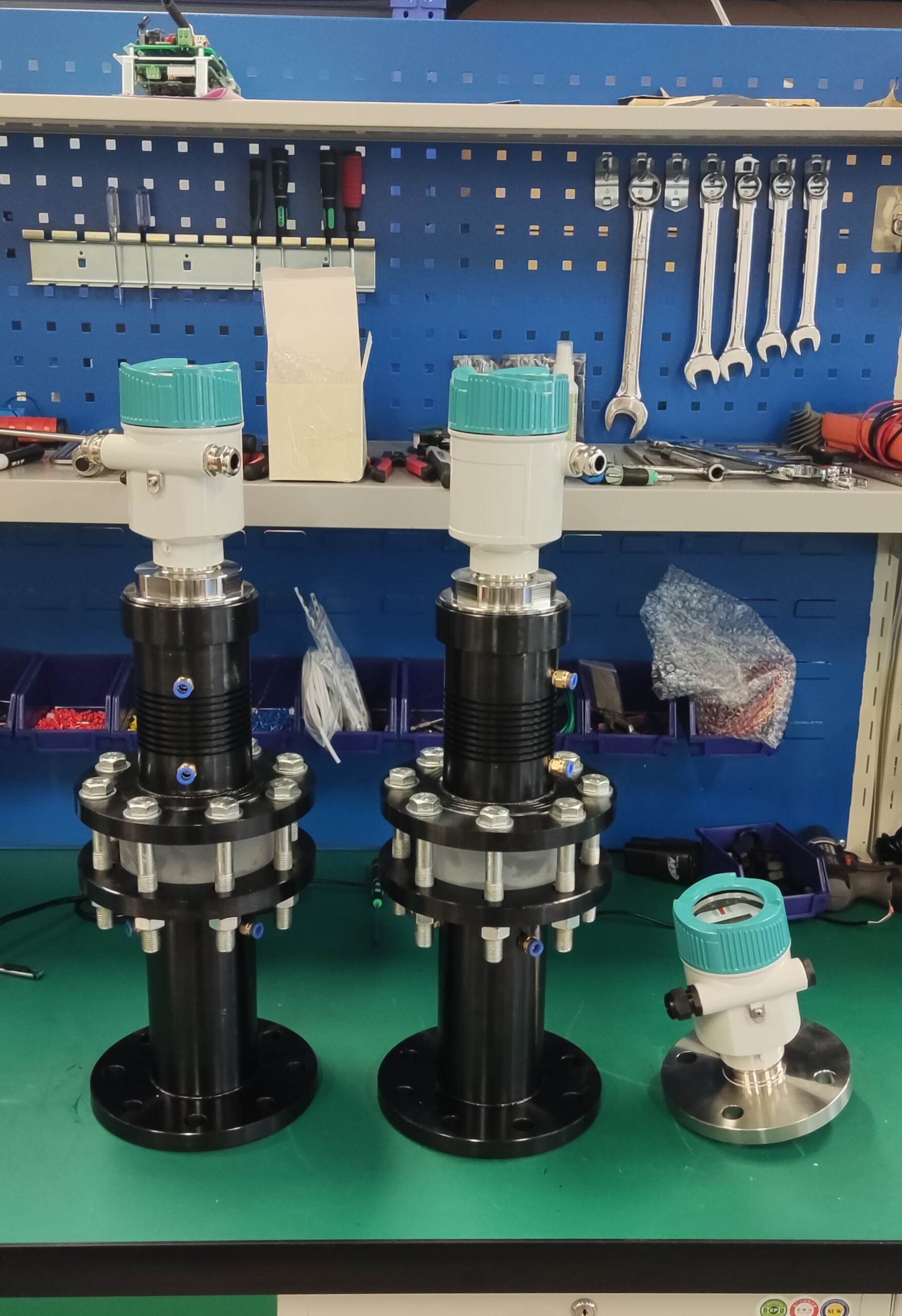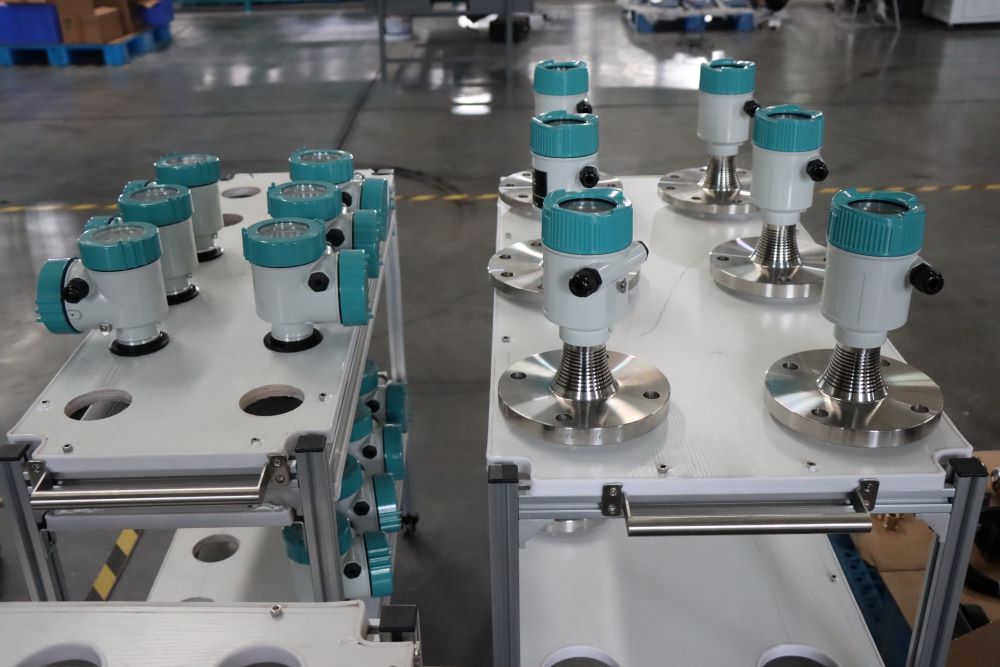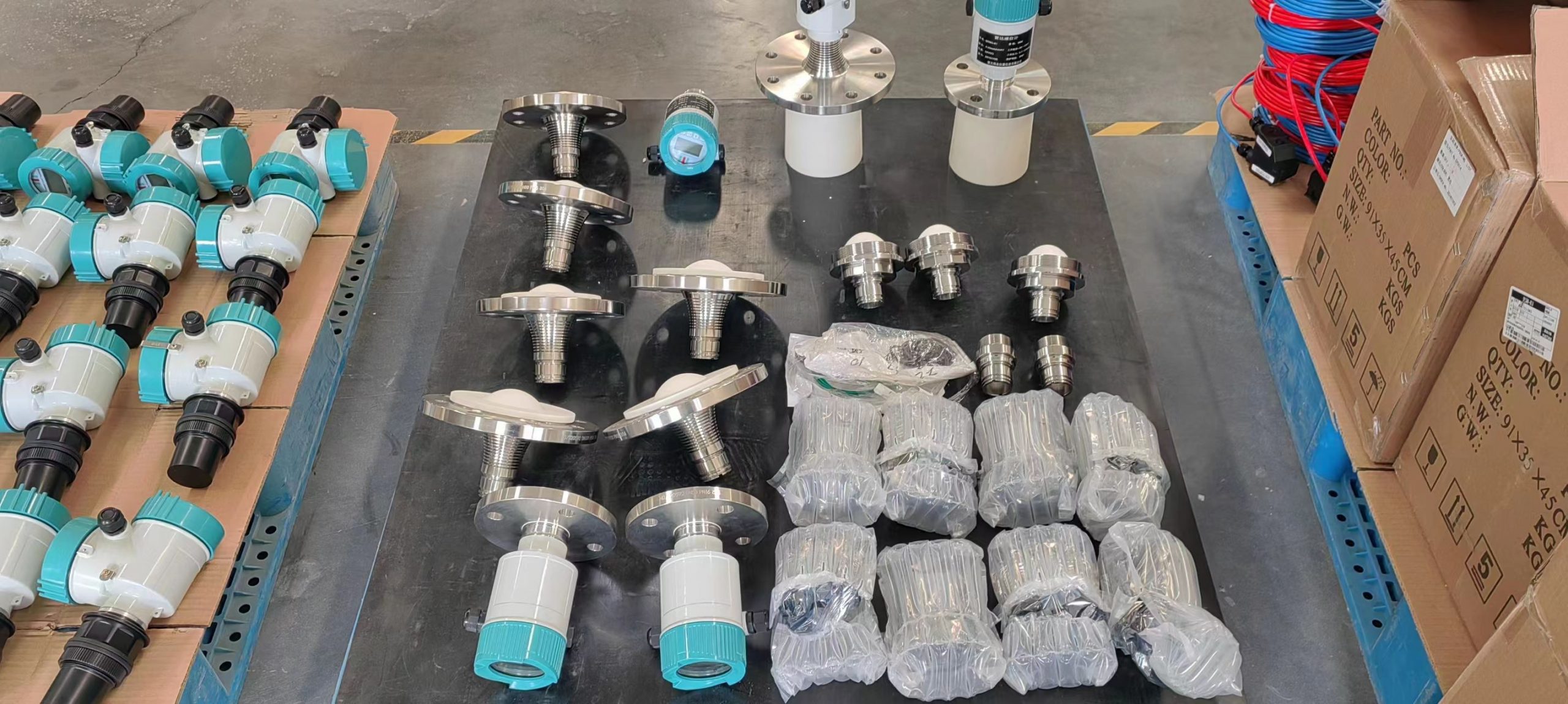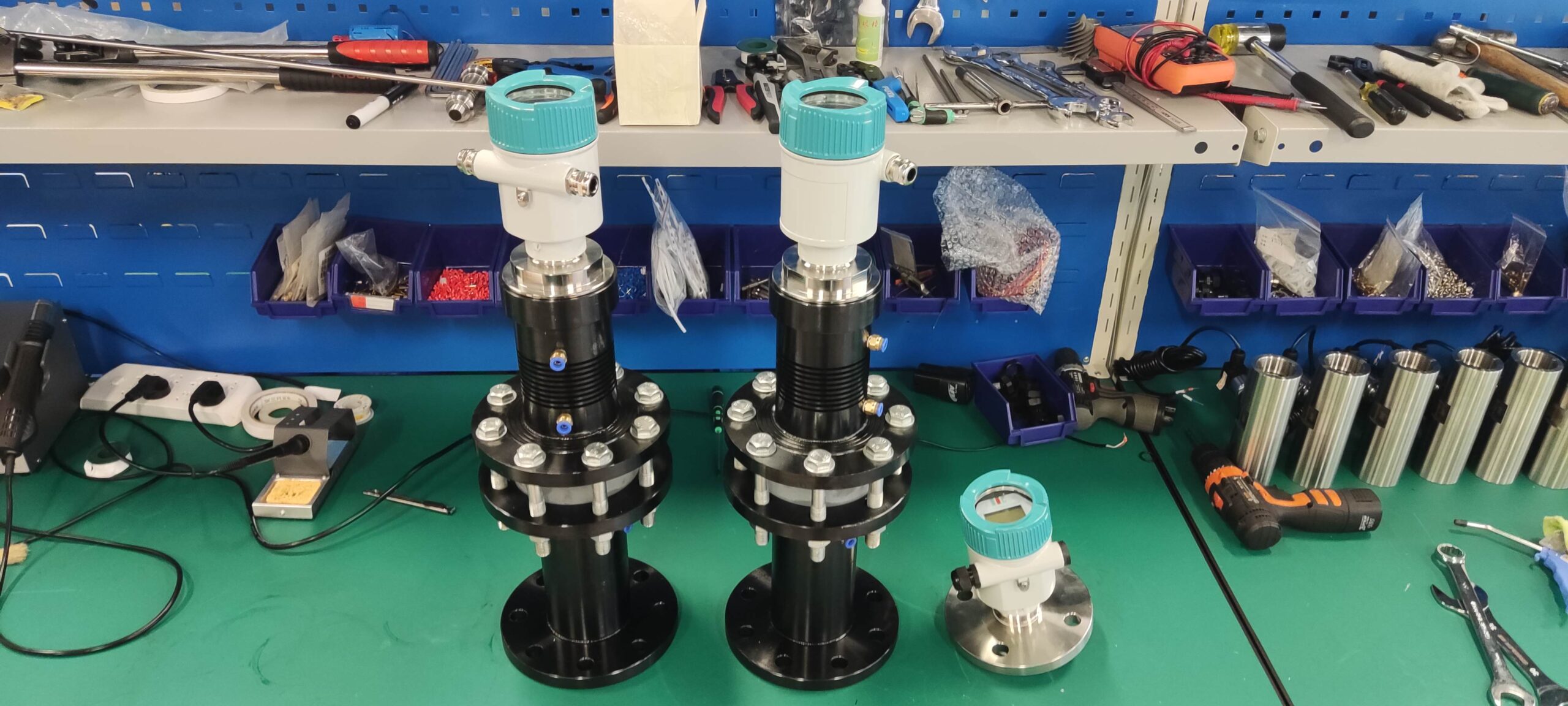How to use radar level meter
The use of radar level meter involves many aspects such as installation, debugging, parameter setting and daily maintenance. The following are detailed usage steps and precautions:
1. Installation
Select the right installation location:
The antenna axis of the radar level meter should be perpendicular to the reflective surface of the liquid level to ensure the accuracy of the measurement.
Avoid installing the radar level gauge in a position with strong interference sources (such as stirring valves, tank wall adhesives, etc.) to reduce the impact of interference waves.
For spherical containers or medium with small dielectric constant (such as liquefied gas, gasoline, etc.), it is recommended to install a waveguide or by-pass tube to eliminate multiple echo interference.
The vertical deviation of the antenna should be less than ±1 degree to ensure measurement accuracy.
Install protection:
When installed outdoors, the liquid level transmitter should be installed with a protective cover to prevent sunlight and rain.
Ensure that the antenna is not damaged during installation to avoid affecting the measurement effect.
2. Debugging and parameter setting
Connection:
After installation, route cables through the cable plugs according to the wiring diagram, and connect cables using shielded cables.
Ground the cable shield layer in the transmitter detector, tighten the cable plug after connecting the wire, and screw on the shell.
Parameter setting:
Select the display function to determine whether the level or distance is displayed.
Set the unit of display length.
Enter the height of the test tank.
Enter the dead zone distance, that is, the distance between the bottom of the flange and the highest level.
Input antenna type and antenna extension length.
Select the display current output function and enter the detection range corresponding to the current output value.
Debug:
Use a PC equipped with the corresponding software to observe the reflected wave curve and determine whether the liquid level gauge is properly installed.
If interference waves are found, it is necessary to further adjust the installation position or use the function of the liquid level meter to identify false waves to remove the influence of interference waves.
3. Daily maintenance
Regular inspection and cleaning:
Regularly check whether there are volatile organic crystals on the flare or antenna of the radar level meter, and clean them up in time if there are.
Check whether cables and connections are damaged or loose to ensure connection reliability.
Avoid overscaling:
Pay attention to the measurement scale and avoid over-scale operation, so as not to damage the radar level gauge or fail to obtain correct measurement data.
Other points to note:
When measuring the low dielectric constant medium, such as the measured value of the level below the liquid level, the zero point position can be adjusted appropriately to improve the measurement accuracy when the bottom of the tank is visible.
The value of the measurement range of the radar level gauge can reach the orientation of the front end of the antenna, but in order to avoid the influence of close contact, the measurement value should be fixed at least 100mm away from the front end of the antenna.
Summary: The use of radar level meter needs to consider the installation position, debugging and parameter setting, and routine maintenance. Through the correct use and maintenance, the measurement accuracy and service life of the radar level meter can be ensured.

